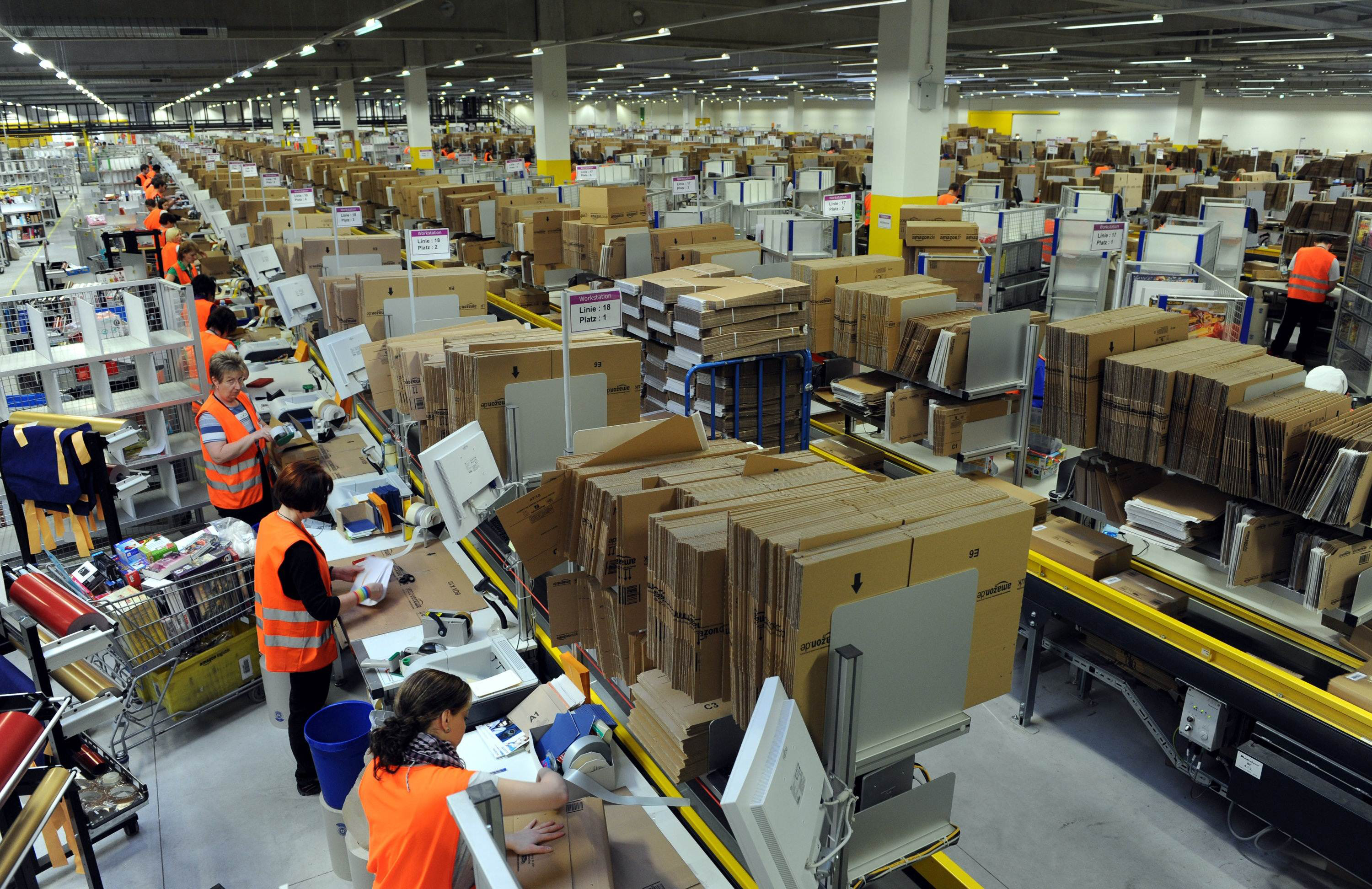Need a crash course in digital capitalism? Easy: you just need to understand four concepts — margins, volume, inequality and employment. And if you need more detail, just add the following adjectives: thin, vast, huge and poor.
First, margins. Once upon a time, there was a great company called Kodak. It dominated its industry, which happened to be chemistry-based photography. And in its dominance, it enjoyed very fat profit margins — up to 70 percent in some cases. But somewhere in the depths of Kodak's R&D labs, a few researchers invented digital photography. When they put it to their bosses, the conversation went something like this. Boss: "What are the margins likely to be on this stuff?" Engineers: "Well, it's digital technology so maybe 5 percent at best." Boss: "Thank you and goodbye."
Actually, it turned out to be goodbye Kodak: Those fat margins on an obsolete technology blindsided the company's leaders. Kodak's engineers were right, of course. Anything that involves computers and mass production is destined to be commoditized. My first mobile phone (purchased in the 1980s) cost nearly £1,000 (¥145,000). I've just seen a handset for sale in Tesco for £9.95 (¥1,440). (And, yes, I know that Apple currently earns fat margins on its hardware, but that's because it's usually ahead of the competition and it won't last. What's happening in the much bigger Android market is a better guide.) And, if anything, the trend towards thin margins in non-hardware businesses is even more pronounced because online markets are relatively frictionless. Just ask anyone who's trying to compete with Amazon.

















With your current subscription plan you can comment on stories. However, before writing your first comment, please create a display name in the Profile section of your subscriber account page.